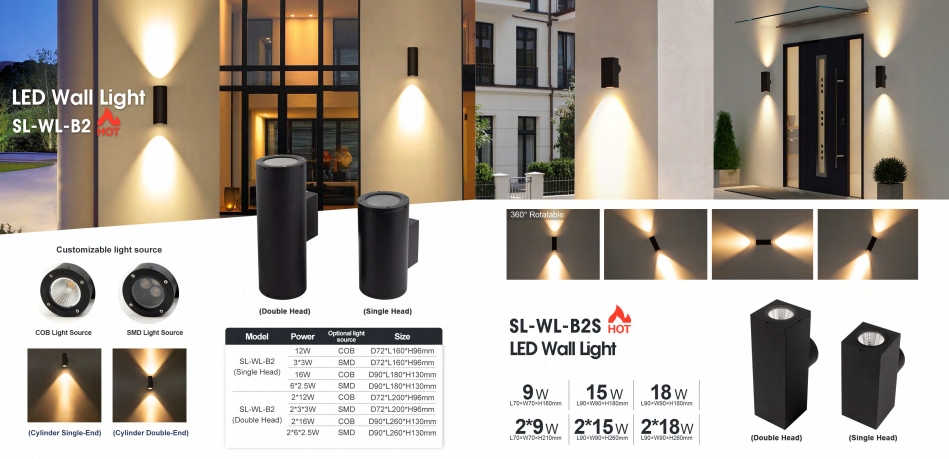Health and environmental protection have become essential topics in the home industry, especially when it comes to the quality of living spaces that influence daily life—whether it's about clothing, food, shelter, or travel. A significant portion of our lives is spent at home, and particularly in the bedroom, where we spend about a third of our time sleeping. The comfort and air quality of this space directly affect our health. This makes it crucial to choose an environmentally friendly wardrobe. Today, we're going to explore the concept of an "eco-friendly wardrobe" and discuss how it contributes to a safer and healthier home environment.
In December 2012, the Guangzhou Industrial and Commercial Bureau conducted a quality inspection on wood furniture products in the local market. They tested 66 batches from 51 manufacturers, and found that 42 were qualified, while 24 failed, resulting in a failure rate of 36.36%. The main issues included formaldehyde emissions, operating instructions, chair strength, and cabinet stability. After excluding the 17 batches with incorrect product descriptions, the pass rate for the remaining 59 samples was 89.4%, while 7 samples had physical quality issues, leading to a 10.6% failure rate.
Formaldehyde emission is one of the key indicators when assessing the environmental friendliness of home products. Many consumers are familiar with terms like E1 and E0, which represent different levels of formaldehyde limits. Internationally, these standards are categorized as E2 (≤5.0mg/L), E1 (≤1.5mg/L), and E0 (≤0.5mg/L). Despite these clear classifications, there is still confusion among brands regarding what each level truly means. When visiting major furniture stores in Guangzhou, such as Guangzhou Ma Club and Zhengjia, the answers from sales staff varied widely. Some claimed their products met the E0 standard, while others suggested that E0 doesn't really exist in China.
For many shoppers, understanding these labels can be confusing. Ms. Dong, who recently renovated her home, shared her frustration. She wanted to choose an eco-friendly wardrobe for her child’s room but found it difficult to distinguish between genuine E0 products and those just using marketing jargon. “No matter the price, every brand claims to be eco-friendly,†she said. “But when it comes to E0 or zero formaldehyde, it’s hard to believe.â€
During our visit to several furniture stores, we encountered similar situations. Sales representatives often claimed all their products were environmentally friendly, but when asked about specific standards, they gave conflicting responses. Some said their products met the European E0 standard, while others insisted that no Chinese wardrobe actually meets that level and that E0 is just another term for E1. This lack of clarity made it challenging for consumers to make informed decisions.
When it comes to choosing the most eco-friendly materials, opinions vary. While some prefer particle board for its low glue content, others argue that MDF is more durable and healthier. Solid wood is often considered the greenest option since it doesn’t contain adhesives. However, due to the humid climate in southern China, solid wood wardrobes are less common. Most brands use either MDF or particle board, but the environmental benefits of each remain unclear.
Another issue is the lack of transparency when it comes to product testing. During our visit to a custom closet store, we asked to see the test certificates confirming the products met the E1 standard. The sales representative showed us a “10-ring certification†on the wall, but when we asked for detailed test results, we were refused. “You don’t need to look inside,†he said. “We have the certificate, so you can trust us.â€
After visiting multiple stores, we found that few were willing to provide detailed test reports. One salesperson even said that customers would only receive the certificate after making a purchase. This lack of openness raises concerns about the true environmental standards of the products being sold.
Wall Light
LED Wall Light Manufacturer and Supplier in China -- Synno Lighting
China leading manufacturers and suppliers of Wall Light. We are specialize in led wall light, outdoor wall light, Square Wall Light, Double Head Wall Light and Up And Down Wall Light. Wall lights are an essential element in outdoor and indoor lighting design, offering both functional illumination and decorative enhancement. Our wall light collection combines elegance, efficiency, and durability to meet the needs of various settings.
Key Features of Wall Lights
1. Versatile Applications: Suitable for both outdoor and indoor use, our wall lights can be installed on building facades, hallways, entryways, and more.
2. Energy-Saving LED Technology: Our wall lights are equipped with energy-efficient LEDs, delivering bright illumination while significantly reducing energy consumption.
3. Modern and Classic Designs: From sleek, minimalist styles to ornate, traditional fixtures, our range includes options for every architectural style.
4. Weather Resistance: Outdoor wall lights are built to withstand extreme weather, ensuring long-term performance in rain, heat, and snow.
oÂ
Applications
1. Security Lighting: Brighten entryways and dark corners to enhance safety and security.
2. Accent Lighting: Highlight architectural details or decorative elements.
3. General Illumination: Provide practical lighting for patios, porches, and pathways.
Â
Why Choose Our Wall Lights?
1. High-quality construction for durability and reliability.
2. Energy-efficient performance to save on utility bills.
3. Aesthetic versatility to suit modern and traditional designs.
Led Wall Light, Square Wall Light, Up and Down Wall Light, Double Head Wall Light, Outdoor Wall Light
Jiangmen Synno Lighting Co., Ltd. , https://www.synnoled.com
